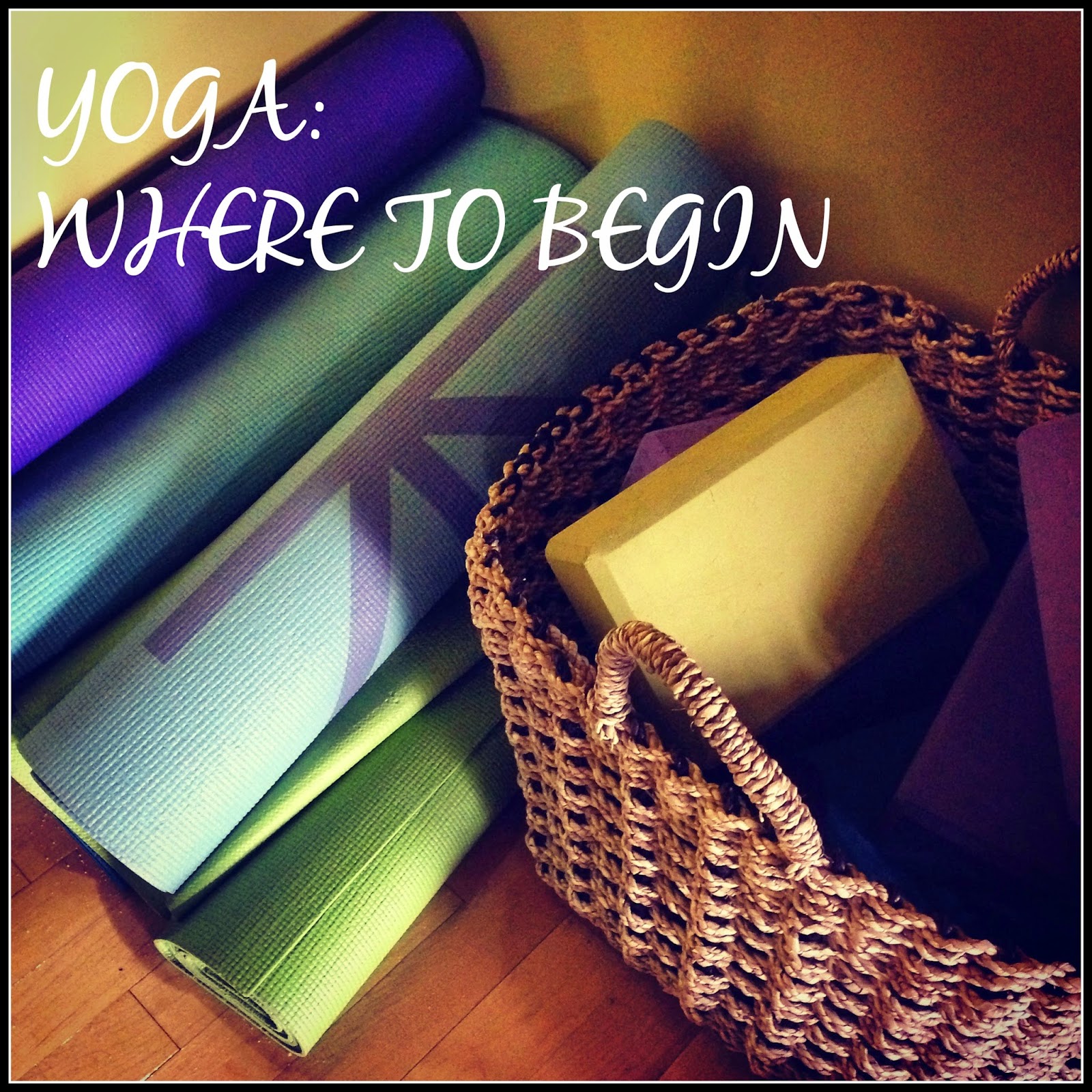significant role in achieving optimal performance and results through training.
Sports psychologists have devised a theory revolving around the relationship
between arousal and performance. It has been hypothesized that every individual
has his or her own “optimal” level of arousal, which is necessary for peak
performance.
image below displays the parabolic curve representing pressure/arousal vs.
performance. As you can see this theory
supports that there is a point in arousal level that warrants optimal performance.
Although this differs from person to person there are still small factors that
influence performance levels.
peak performance is achieved when people experience a moderate level of
pressure. Where they experience too much or too little pressure, their
performance declines, sometimes drastically.
Influencing Factors’ that determine the optimal level of performance. These
factors include:
- Skill Level
- Personality
- Trait Anxiety
- Task Complexity
greatly determines the level of success an individual will experience with a
given task. The higher skill level individuals will have more experience and
therefore will have less stress, anxiety, and pressure during the task. For
example this could be a NFL Linebacker performing a barbell back squat. The
high skill level people will find exercises like this to be second nature and
will require little thought and more focus on execution. Find your strengths
and improve your weaknesses.
affects performance by extroverts tending to perform better in high-pressure
situations while introverts tend to perform better during a low-pressure
situation. Those extroverts are able to focus on performing the task even
though there are many on-going distractions. An example would be any
professional performing on a big stage. How would you respond?
the level of self-approval the individual experiences during the situation. For
example, people who are confident tend to perform better under pressure while
those who are too concerned about failing a task are more apt to fail.
Confidence is key and is associated with more positive thinking individuals.
the level of attention and effort necessary to complete a task successfully. It
tends to be that most people perform basic activities more efficiently in
high-pressure situations and better perform complex activities in more
low-pressure situations.
your daily life?
confidence, focus on improving your skill level, and choose your
tasks/exercises wisely. Although many factors can influence your performance,
try to monitor your arousal levels during exercise and see what works best for
you.











